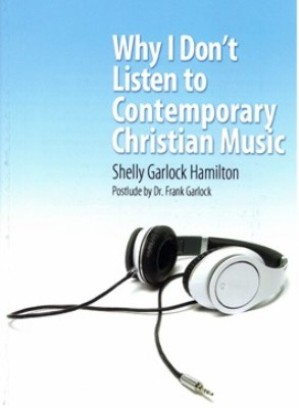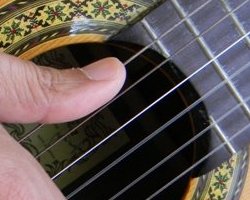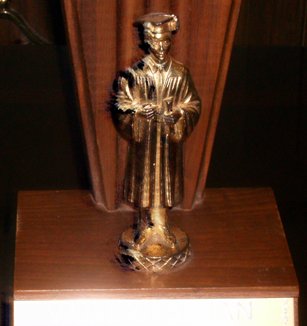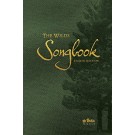Human denial of the bodily resurrection of Jesus from the dead has plagued the Church from its beginning (Matt. 28:11-15; cf. 1 Cor. 15:12). In addition to its clear direct testimony to the bodily resurrection of Jesus, the Gospel of Matthew provides additional, unique evidence that implies that truth (Matt. 27:52-53).
To better assess this unique evidence for the bodily resurrection of Jesus, we will consider it in relation to some of the other evidence in Matthew for bodily resurrection of the dead.
Evidence for Bodily Resurrection of the Dead before the Death of Jesus
1. Jesus Raised a Ruler’s Daughter (Matt. 9:18-26)
2. Jesus Authorized and Commissioned His Twelve Disciples to Raise the Dead (Matt. 10:1, 8)
3. Jesus Warned of the One Who is Able to Destroy Both Soul and Body in Hell after Death (Matt. 10:28)
4. Jesus Testified of the Dead Who Had Already Been Raised Up as Proof That He Was the Christ (Matt. 11:5)
5. Jesus Repeatedly Predicted That He Would Be Raised from the Dead (Matt. 16:21; 20:19; etc)
6. Jesus Taught That God Spoke about the Resurrection of the Dead Long Ago (Matt. 22:31-32)
7. Jesus Promised That He Would Drink Again with His Disciples of the Fruit of the Vine in His Father’s Kingdom (Matt. 26:29)
Each of these seven points shows that Jesus affirmed the reality of bodily resurrection of the dead. Several of them also point, either directly or implicitly, to Jesus Himself bringing about such a resurrection of people.
Evidence for Bodily Resurrection of the Dead after the Death of Jesus
Matthew relates several remarkable events that took place when Jesus died and afterwards:
Mat 27:50 Jesus, when he had cried again with a loud voice, yielded up the ghost.
51 ¶ And, behold, the veil of the temple was rent in twain from the top to the bottom; and the earth did quake, and the rocks rent;
52 And the graves were opened; and many bodies of the saints which slept arose,
53 And came out of the graves after his resurrection, and went into the holy city, and appeared unto many.
He is the only one to record the opening of the graves of many saints (Matt. 27:52a). He specifies that the bodies of those who slept arose (Matt. 27:52b).
He asserts that they came out of their graves after the resurrection of Jesus (Matt. 27:53a). Moreover, they went into Jerusalem (the holy city) and appeared unto many people (Matt. 27:53b).
Given the preceding context of the book and Matthew’s explicit statement that their bodies arose, the reader of Matthew has every reason to believe that these saints experienced bodily resurrection from the dead. In fact, there is no legitimate basis for believing otherwise.
Importantly, Matthew testifies that they did not come out of their graves until after Jesus rose, which means that His resurrection preceded theirs. Their exiting the grave and appearing after Jesus arose implies that His resurrection was the basis for theirs, which is in keeping with His plain assertions elsewhere (John 5, 11).
To hold then that Jesus experienced only some kind of spiritual resurrection but these saints experienced a bodily resurrection would make no sense at all. In order to assert validly that there was such a radical difference between His resurrection and theirs, a person would have to provide extremely compelling evidence that would overrule both the entire preceding context of bodily resurrection in Matthew and the close relationship between Jesus’ resurrection and theirs.
Because there is no such compelling evidence, the bodily resurrection of these saints implicitly testifies to the bodily resurrection of Jesus. This interpretation of the significance of Matthew’s mentioning their resurrection is strengthened by Matthew’s direct testimony to Jesus’ rising bodily, which he provides in Matthew 28.
Evidence for the Bodily Resurrection of Jesus after His Resurrection
Matthew provides much evidence about the bodily resurrection of Jesus in his last chapter.
1. The women came to the tomb, saw where He was laid, and did not find the body (Matt. 28:1-7). In fact, an angel affirmed to them that He had risen just as He said that He would and directed them to verify that fact by looking at the place where He had been laid (Matt. 28:5-6).
2. Jesus then appeared to the women (Matt. 28:9a). They grabbed His feet and worshiped (Matt. 28:9b), clearly proving that He had risen bodily.
3. His enemies were unable to produce the body and had to concoct a ridiculous story to explain that inability (Matt. 28:11-13). Their inability powerfully testifies to the bodily resurrection of Jesus.
4. Jesus appeared to the eleven who had proceeded to Galilee and commissioned them (Matt. 28:16-20). This appearance confirmed the truth of what the angel had directed the women to testify to them (Matt. 28:7), which further verifies that He rose bodily.
Jesus Arose Bodily!
The unique Matthean information about the resurrection and appearances of many saints implicitly corroborates both the implicit and the explicit evidence in Matthew for the bodily resurrection of Jesus from the dead. Truly, Jesus arose bodily!
Copyright © 2011-2024 by Rajesh Gandhi. All rights reserved.







